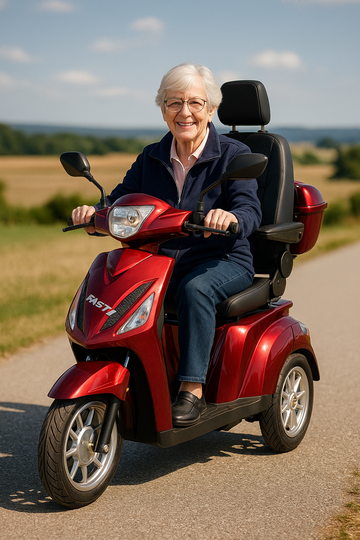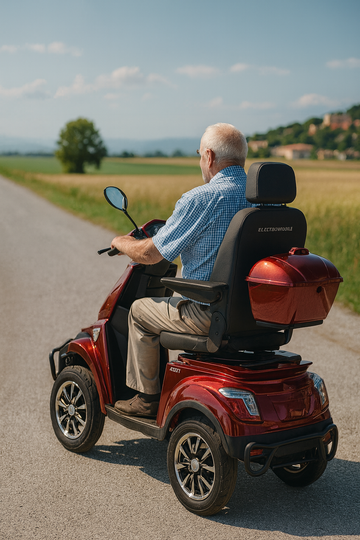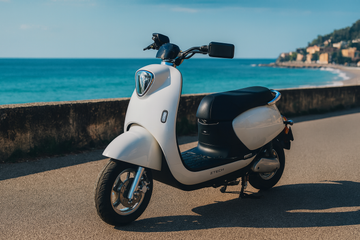A bicycle's gears are an essential element for a smooth and enjoyable riding experience. But how does the gear system actually work, allowing the rider to change gears and thus adjust the speed and effort when pedaling? In this article, we take a look behind the scenes and shed light on how the bicycle gear system works, which often seems to work as if by magic.
The Basics of Bicycle Gears
First of all, it's important to understand that bicycle gear systems typically consist of two main components: the shifters on the handlebars and the derailleurs on the wheels. The shifters on the handlebars are connected to the shift cables, which in turn are connected to the derailleurs on the wheels. By operating the shifters, the rider can change the tension of the shift cables, which in turn causes the derailleurs to move and switch the chain to a different sprocket or chainring.
The interaction of shift levers and derailleurs
The interaction between shifters and derailleurs is achieved through a complex system of springs, rollers and levers that are connected to each other. When the rider operates the shifter, the tension of the shift cable is changed, causing the derailleur to move and the chain to switch to a different sprocket or chainring. This is achieved through the interaction of springs that control the movement of the derailleur, rollers that guide the chain and levers that regulate the tension of the shift cable.
The role of the gearshift
The gear shift is the crucial element that allows the rider to adjust the speed and effort when pedaling. It consists of a series of gears that are connected to each other and on which the chain runs. By operating the shift, the rider can move the chain from one pinion to the next, resulting in a higher or lower gear ratio. A lower gear ratio makes pedaling easier but is slower, while a higher gear ratio is faster but requires more effort.
The importance of adjustment and maintenance
To ensure that your gears work properly, it is important that they are correctly adjusted and maintained. Incorrect adjustment can lead to gear shifting problems, such as hard gear shifting, chain chatter or inaccurate gear shifting. It is therefore advisable to check your gears regularly and adjust them if necessary. This can often be done with simple tools and a little skill, but you should also contact a professional if necessary.
The Future of Bicycle Gears
Bicycle gears have evolved and improved over time, and this trend is expected to continue in the future. New technologies such as electronic gear shifting and wireless transmission systems offer potential for further innovation and improvement. These systems enable more precise and reliable gear shifting and offer a wide range of options for customization and adaptation.
Conclusion: The magic of bicycle gears
The bicycle gear system is a fascinating example of the engineering and technical know-how that lies behind a seemingly simple element of a bicycle. Its function may seem magical at first glance, but a closer look reveals that it is the result of a complex interplay of mechanics, technology and design. A correctly adjusted and maintained gear system enables a smooth and comfortable riding experience, thus helping to increase the fun and enjoyment of cycling.






